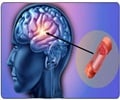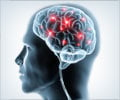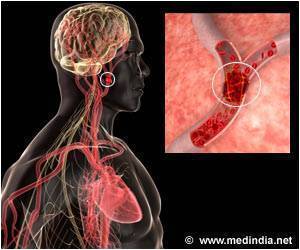A stable marriage is associated with better stroke survival with unmarried people having a 71% higher risk of dying after a stroke.
Highlights
- Stroke patients were found to have a better chance of survival if they had a stable continuous marriage.
- Unmarried people had a 71% higher risk of death after stroke while divorced and widowed people had a 23 to 25% risk of dying after a stroke.
- Divorced or widowed people who remarried had a 39 to 40% risk of dying after a stroke, which points towards a stable and continuous marriage as the best factor for survival after a stroke.
Marital Status and Stroke
The effect of a happy marriage on cardiovascular health has been studied well, however, its effect on stroke survival has not been detailed before. The study on the effect of marital status on stroke survival was based on data about senior adults from a nationally representative sample collected as a part of the Health and Retirement Study. The data included over 50 years of marital information, both prospective and retrospective.The study included people who survived a stroke between 1992 and 2010, which included 2,351 respondents who were over the age of 41 years. They were followed for a period of 5.3 years.
The study found that
- Unmarried men had a 71% greater risk of dying after stroke when compared with men who were continuously married.
- Divorced or widowed men were 23 to 25% higher risk of dying after a stroke when compared to continuously married men.
- Men who were divorced or widowed more than once were at 39 to 40% risk of dying after stroke than men who were continuously married.
There was no distinction between men and women, neither was there an association between race and ethnicity. People who remarried had the same risk as people who were divorced or widowed. The reason for higher fatality due to stroke among people who did not have a stable marriage could be due to lack of care after stroke. This may be due to the absence of children or the lack of family members to aid in recovery post stroke, highlighting the importance of care and the benefit of being in a stable marriage.
A stable and happy marriage could also act as a much-needed boost or induce in the patient an eagerness to survive which could translate to better survival rate. Widowed, divorced or unmarried men may lack the family support that is essential for better care. Another aspect could be feelings of depression
Stroke
A stroke occurs when blood is cut off from an area of the brain. There are two types of stroke- ischemic stroke and hemorrhagic stroke. In ischemic stroke, a blood clot blocks the blood vessel and there is no flow of blood to one part of the brain. While in hemorrhagic stroke, there is a break in blood vessel resulting in blood leaking into the brain. About 800,000 people are affected by stroke every year and, every 40 seconds someone suffers a stroke.The function associated with the region of the brain that is cut off is lost, like memory or muscle control. Every 4 minutes there is someone who dies of stroke but studies show that 80% of stroke that occurs could have been prevented.
Recognizing Symptoms
The presence of a partner could aid in easy identification of symptoms and faster hospitalization. Some of the early symptoms include a sudden loss of sight in one or both the eyes, facial paralysis, inability to lift the arms, slurring of speech or even headache of unknown cause.Blood thinners are normally administered for a stroke to dissolve the clot but post-stroke rehabilitation which requires a concerted effort by family members to encourage the patient to become self- reliant holds the key to surviving a stroke. A stable and strong marriage would provide the right succor for stroke patients to survive.
References:
- Stroke - (https://medlineplus.gov/stroke.html)
- What is stroke? - (http://www.stroke.org/understand-stroke/what-stroke)
















